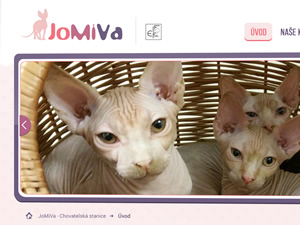maArt-design.com  informace
informace
 informace
informace Tvorba www stránek
Tvorba internetových stránek
s možnostíonline editace
pro malé a střední firmy, živnostníky
a jiné zájmové spolky...


5 důvodů pro
- moderní design
- přizpůsobení zobrazení pro tablety a mobily
- optimalizováno pro vyhledávače
- korektní zobrazení ve všech prohlížečích
- jednoduchá online editace obsahu stránek
- cenová dostupnost



